Environmental activism and corporate social responsibility has had a major impact on the packaging industry. Many manufacturers have moved away from conventional packaging, instead choosing to use eco friendly packaging materials. In virtually every category of consumer products, consumers rate the eco-friendliness of a packaging material as important.
For newcomers to the eco-friendly packaging scene, you will be pleased to know there are many options available. Check out the fourteen most eco friendly packaging materials in the world:
1. Bioplastics Packaging
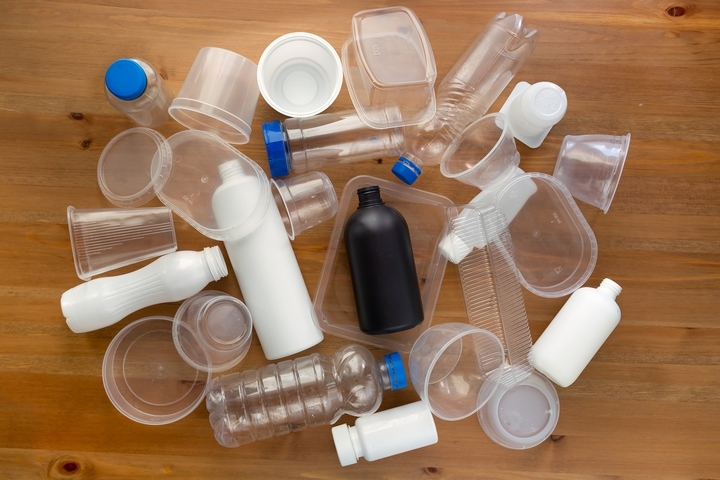
One of the most popular eco friendly packaging materials is bioplastic. Companies set on using plastics, use biodegradable plastics aka bioplastics. This packaging material is made from biodegradables and recycled materials, is fully recyclable, and is an acclaimed invention. Bioplastics are expected to continue growing in popularity as cost of production lowers and adoption worldwide is highly likely.
2. Cardboard Packaging
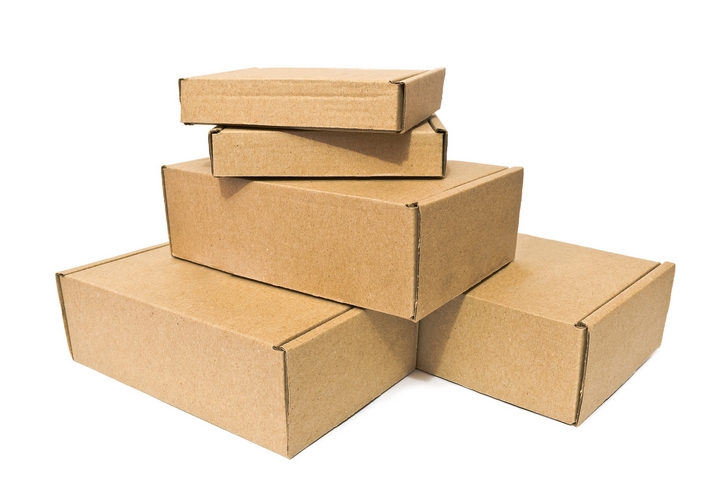
There are a number of eco-friendly packaging options of varying shapes and sizes in recycled cardboard and recycled paper. This is easily the most common readily-available eco-friendly packaging material. Unless the paper is lined with a form of plastic which would render it unrecyclable – a la coffee cups – corrugates cardboard and similar materials are fully recyclable.
3. Aluminum Packaging
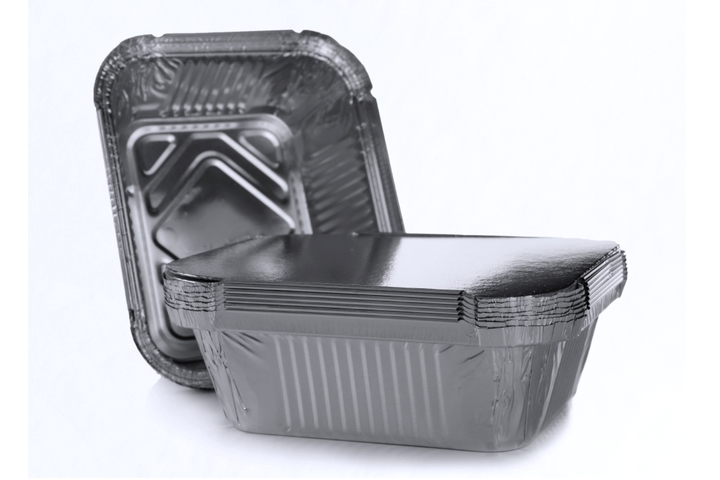
Aluminum and steel can be recycled again and again without losing any of their structural integrity. While most often used in soda cans and canned food, aluminum is being used in various other ways. A highly diverse material, opting for aluminum eco-friendly packaging is a great decision if your goal is to avoid single-stream landfill biodegradation altogether.
4. Air Pillow Packaging
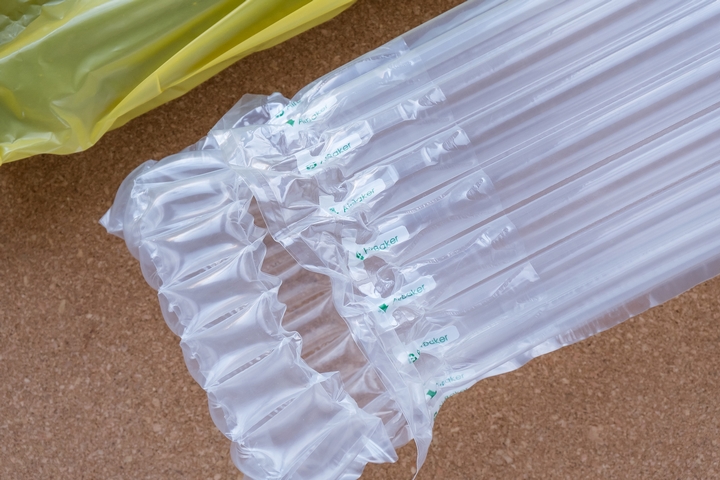
Chances are you’ve seen inflatable air pillows before. They’re small bags inflated with air. Minimizing the amount of plastic needed in packaging a product, they don’t add weight, are often made from recycled materials, and are recyclable themselves.
5. GreenWrap Packaging
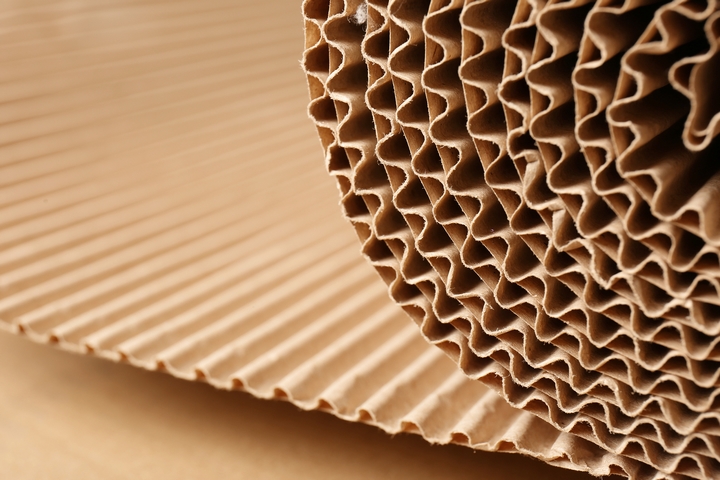
GreenWrap is a ready-to-use roll of paper packaging wrap. GreenWrap can help to cushion, protect, and wrap fragile items. Consider it an alternative to bubble wrap. Cost-effective and green, it often comes in a honeycomb design that is fully biodegradable and which can be dropped off at your curbside for recycling.
6. Poly Mailers Packaging
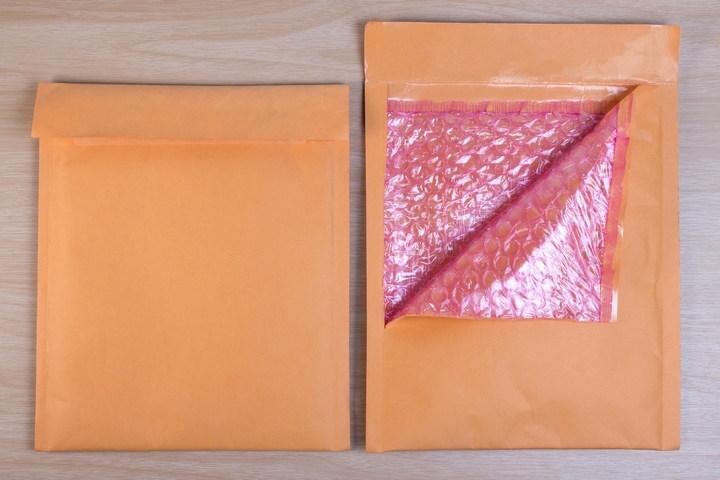
Poly mailers are made from recycled content and are themselves fully recyclable. Poly mailers, unfortunately, are a #4 plastic which means they aren’t accepted by any municipal recycling systems. That said, they can be stored with other plastic mailers and reused again and again.
7. Glass Packaging
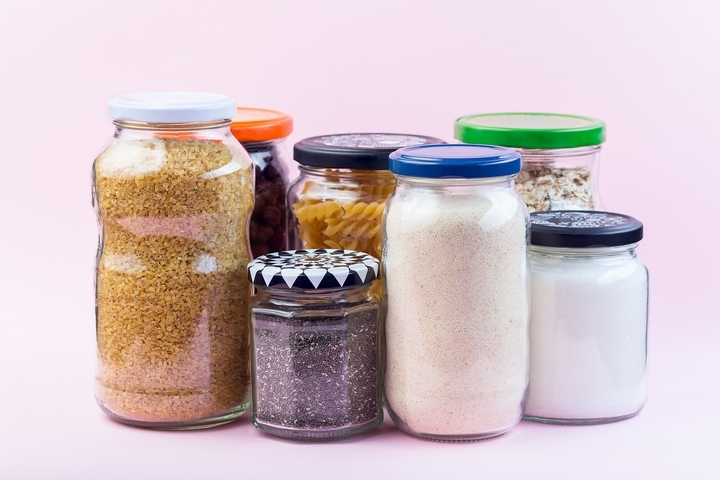
Glass is a time-tested eco-friendly packaging material though is rarely used due to its fragility. Where the use of glass in packaging has increased and remained strong is in the cosmetics, perfume, and beauty industry. Glass has superiority in other products in this category and communicates luxury, beauty, and prestige.
8. Organic Fabrics Packaging
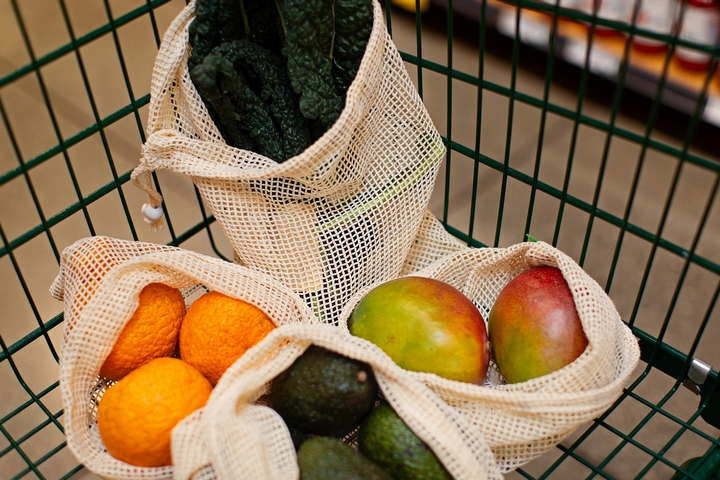
As an alternative to other packaging materials, some companies are moving to organic fabrics and wrapping their product in materials like hemp, recycled cotton, tapioca, palm leaves, and other organics. While plastic wrap and plastic bags will take thousands of years to biodegrade, organic fabrics like those mentioned only take around 100 days once they enter a landfill. Although not appropriate for every industry, organic fabric bags and wraps may be an eco-friendly packaging type worth considering.
9. Packaging Peanuts
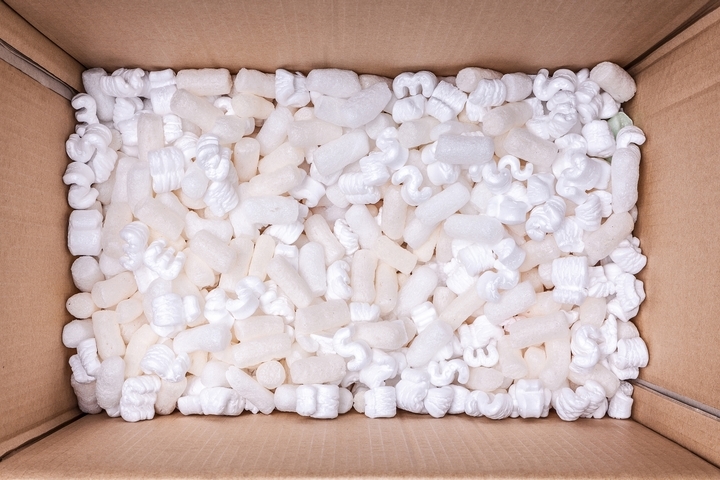
Packaging peanuts are a Styrofoam alternative. Sometimes referred to as foam peanuts or popcorn, they are a cushioning material that can prevent damage to fragile objects during shipping. Packaging peanuts are biodegradable and made from natural sources, including wheat and corn starch.
10. Cornstarch Packaging
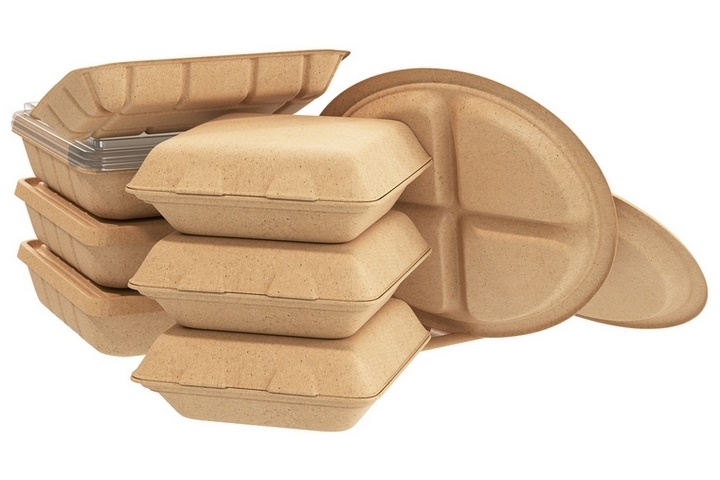
Cornstarch packaging is eco-friendly, however, controversial as this type of packaging takes material that would otherwise be used in the human and animal food supply. That said, it has plastic-esque properties and is a very diverse material. It was one of the early eco-friendly packaging types and is being slowly replaced with more technologically-advanced alternatives.
11. Mushroom Packaging
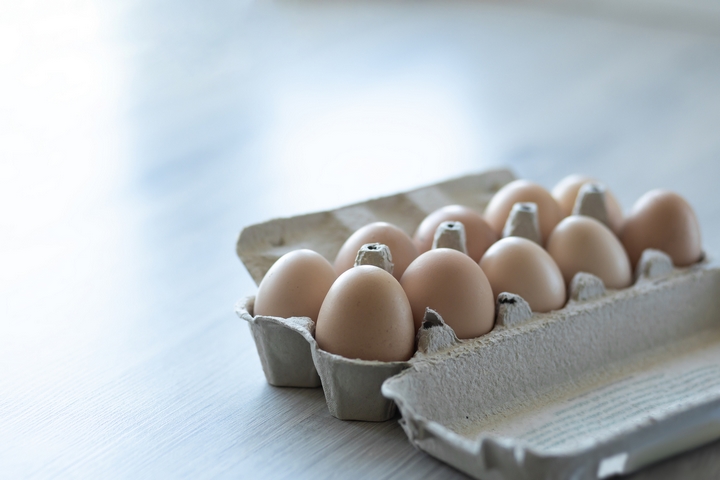
Created from non-toxic, organic materials, mushroom packaging mixes mushroom roots with agricultural waste that’s been cleaned and ground. The raw material can be shaped in any packaging shape needed. The benefit of this type of packaging is that it doesn’t detract from food sources and uses what’s largely waste products to create something useful and compostable.
12. Plant-Based Packaging
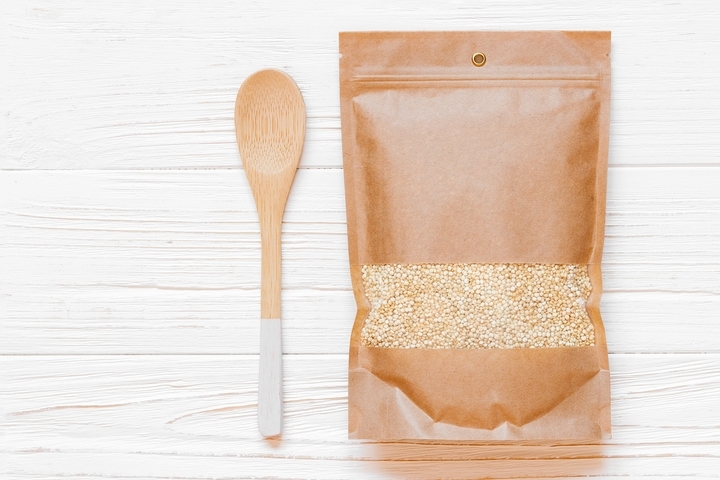
Along with plant-based everything else, yes there is plant-based packaging. A recent Forest Stewardship Council-approved form of plant-based packaging mixes together chlorine-free paper with water-based varnish, plant-based soy ink, and matte oils. The result is a pure and biodegradable form of environmentally-friendly packaging that can be used to transport products of any size and weight.
13. Seaweed Packaging
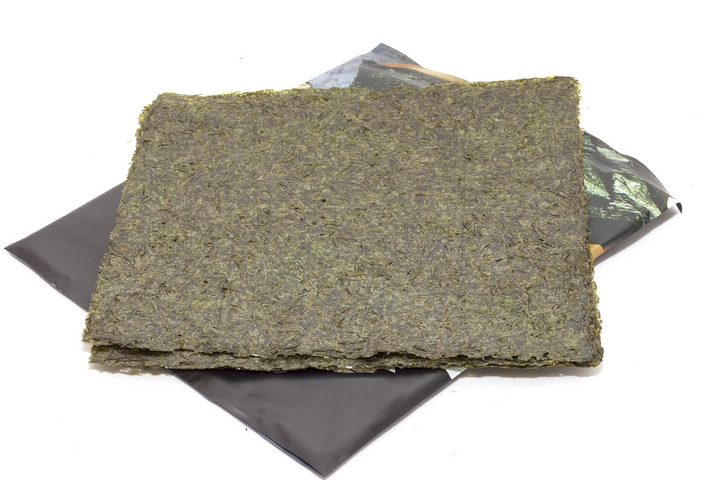
In the race towards the most eco-friendly packaging, a lot of studies are focusing on seaweed and other renewable resources that are just sitting there. Seaweed packaging is made predominantly from algae, a substance similar to gelatin found in seaweed and algae.
14. Molded Fiber Food Trays
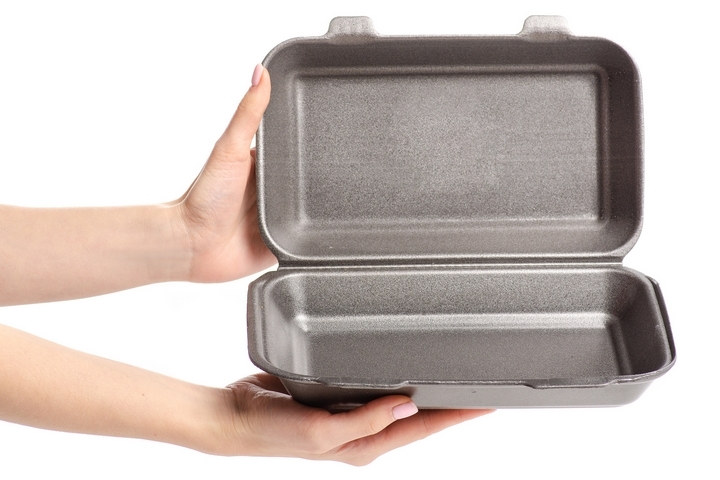
When you buy a TV dinner, what you receive – for years – came in a combination of paper and plastic. These days, a lot of the industry is moving towards molded fiber food trays made from environmentally-friendly materials such as sugar cane and pulp. This type of eco-friendly packaging provides the same performance as its predecessor and is an excellent alternative around food packaging.
